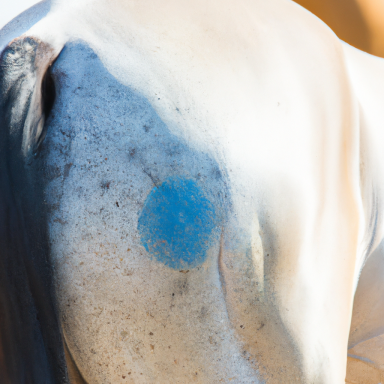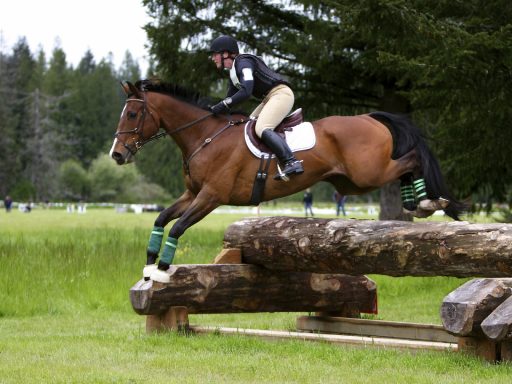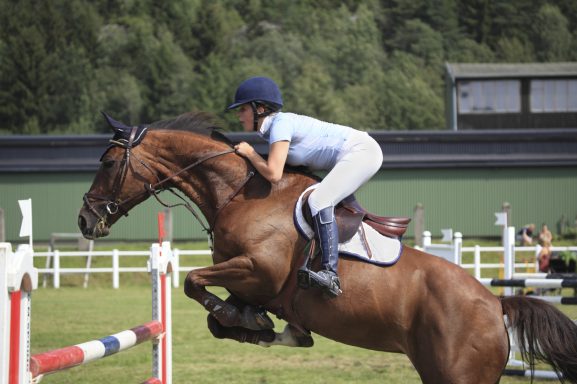Ultrasound imaging is a valuable tool used in the equine industry to assess the back of horses. This non-invasive technique utilizes sound waves to create detailed images of the internal structures, allowing veterinarians to diagnose various conditions and injuries.
One of the key advantages of ultrasound imaging is its ability to provide high-quality real time images at low costs. The clarity and resolution of the ultrasound images allow veterinarians to identify even subtle changes in joints of the equine back. This helps in detecting abnormalities such as muscle tears, tendon injuries, or inflammation, enabling prompt treatment and rehabilitation.
Furthermore, the availability of portable ultrasound scanners has revolutionized equine back imaging. These compact and lightweight devices can be easily transported to the horse's location, whether it be a stable or a competition venue. This portability allows for on-site evaluations, reducing the need for horses to be transported to veterinary clinics for imaging.
Equine muscular skeletal disorders are common in horses, and ultrasound imaging plays a crucial role in their diagnosis and management. By utilizing ultrasound technology, veterinarians can accurately assess the condition of the horse's back, guiding treatment decisions and ensuring optimal care for these magnificent animals.
Equine tendon injuries pose a significant concern within the owners. These injuries commonly arise from the strains associated with sports or excessive exertion in horses. In cases where such an injury is suspected, a thorough expert veterinary investigation becomes imperative to accurately diagnose the extent of the ligament damage. One of the most readily available tool to veterinarian is portable ultrasound scanner.
The duration of healing for equine tendon injuries varies contingent upon the severity of the harm inflicted. Consequently, it becomes paramount to closely monitor the progress of the healing process to ensure optimal recovery. Regular follow-up examinations utilizing veterinary ultrasound scanners are indispensable for assessing advancements and making any necessary modifications to the treatment regimen. Exercise assumes a pivotal role in rehabilitating equine tendon injuries.
However, striking an equilibrium between rest and activity is crucial to prevent exacerbating the injury. Veterinary scanners prove invaluable in tracking the healing process and determining the appropriate level of exercise required for the horse's recovery.
Equine reproduction is a fascinating field that plays a crucial role in the breeding and management of horses. Portable ultrasound scanners have revolutionized the way we approach equine reproductive examinations.
One of the key advantages of portable ultrasound scanners is their lightweight design. This makes them highly convenient and easy to transport, allowing veterinarians to perform reproductive exams in various locations. Whether it's at the stud farm or for tendon exams prior or during examinations for competitions, these scanners provide flexibility and accessibility.
Furthermore, portable ultrasound scanners from Pie Data UK offer exceptional image quality. This is essential when evaluating the reproductive system of mares. With high-resolution imaging, veterinarians can accurately assess the ovaries, uterus, and other reproductive structures. This enables the detection of abnormalities, such as cysts or tumors, which may impact fertility.
Ovarian and corpus luteum ultrasound is a common procedure in equine reproduction. By using portable scanners, veterinarians can easily visualize and measure these structures. This information is vital in determining the mare's breeding suitability and optimizing reproductive management.
Portable ultrasound scanners also play a crucial role in diagnosing reproductive pathological normality and monitoring pregnancy. They allow for early detection of conditions like endometriosis or uterine infections, enabling timely treatment. Additionally, these scanners provide real-time monitoring of fetal development, ensuring the health and well-being of both mare and foal.
We need your consent to load the translations
We use a third-party service to translate the website content that may collect data about your activity. Please review the details in the privacy policy and accept the service to view the translations.





